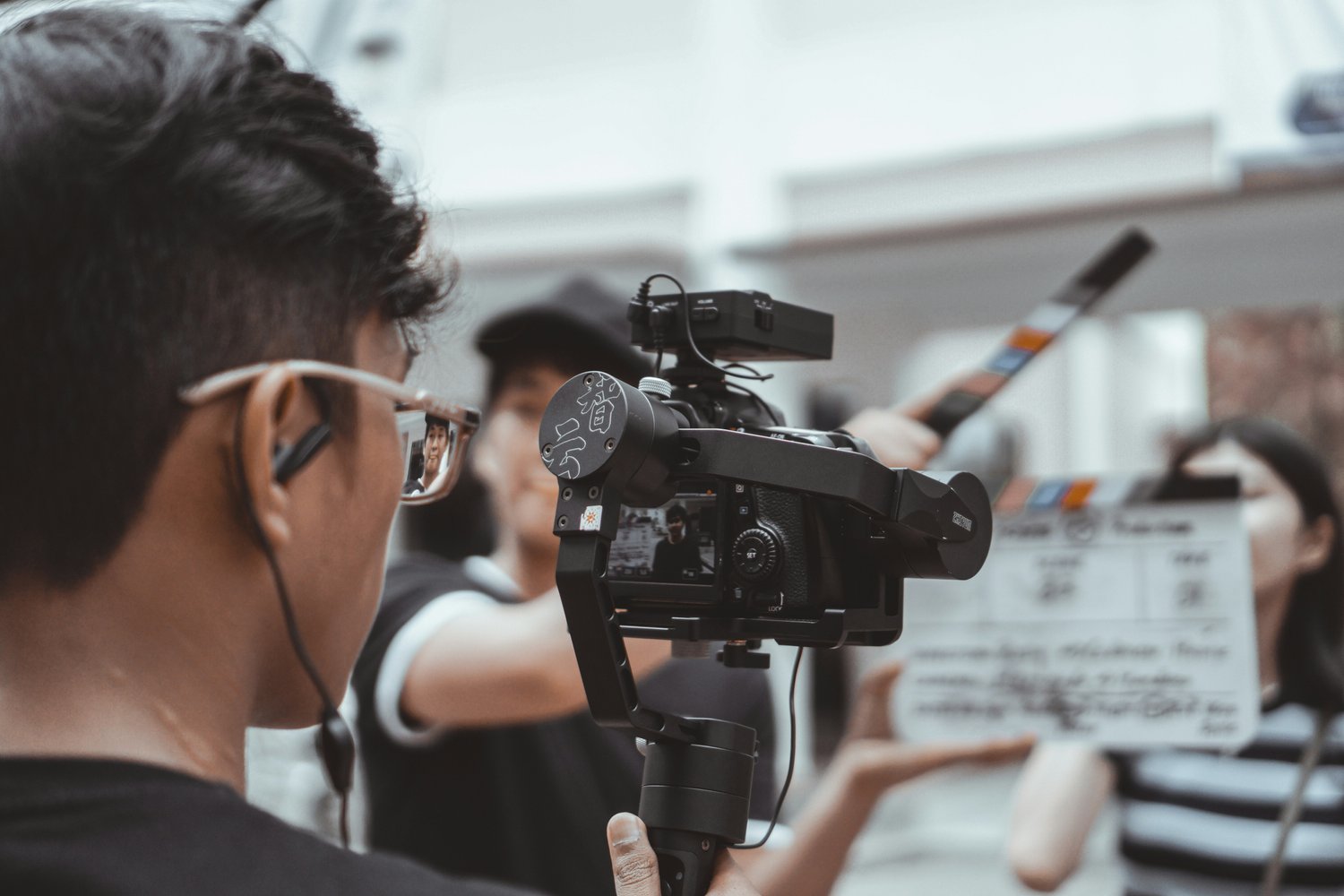Image: https://unsplash.com/photos/man-in-black-framed-eyeglasses-holding-black-video-camera-ENUTLSZGVhY
by Nancy Fernandez
The intersection of law and movie production is a complex area that covers a range of issues from copyright and intellectual property rights to contracts and liability. Legal considerations are integral to every stage of filmmaking, ensuring that productions comply with the law while protecting the creative and financial investments involved. Among these legal concerns, one lesser-discussed area is med mal statute of limitations in PA, particularly how it relates to the health and safety of the cast and crew during a film’s production. This blog explores the connection between law and movie production, focusing also on the aspect of medical malpractice and its limitations.
Legal Framework in Movie Production
Intellectual Property Rights
Movies are artistic creations, and as such, they are protected by copyright laws. Copyright protection is crucial for filmmakers as it prevents unauthorized use of their work, thus ensuring that they and other rights holders (like scriptwriters and musicians) are adequately compensated. Beyond copyright, other intellectual property issues such as trademark and patent laws also play roles, particularly in branding and merchandising.
Contracts and Employment Law
Image: https://unsplash.com/photos/brown-wooden-chess-piece-on-brown-book-e11Oa3kvx4c
Every individual involved in a movie, from the directors and actors to the set designers and catering staff, typically enters into some form of contractual agreement with the production company. These contracts define terms of employment, including pay, working hours, and specific duties, as well as outlining the legal recourse and obligations of each party. Ensuring these agreements are legally sound helps prevent disputes and protects both the production company and its employees.
Permits and Compliance
Filmmaking often requires shooting in various locations, which means production companies must obtain the necessary permits from local authorities. This involves ensuring compliance with local laws and regulations, including those related to public safety, noise control, and environmental protection.
Medical Malpractice in Film Production
When discussing medical malpractice in relation to film production, it typically concerns the provision of health services to cast or crew on set. Medical professionals are sometimes part of the production team, especially in scenes involving risky stunts or where actors or crew might need immediate medical attention.
Definition and Scope
Medical malpractice occurs when a healthcare professional causes injury or harm to a patient due to negligence or omission. This could involve errors in diagnosis, treatment, aftercare, or health management. On a movie set, if a medic or doctor fails to adequately treat an injured actor or staff member, resulting in worsened conditions or new complications, that professional could potentially be held liable for medical malpractice.
Limitations and Challenges
One of the key challenges in cases of medical malpractice on film sets is proving negligence. The plaintiff must demonstrate that the care provided was below the standard expected of a competent professional under similar circumstances, and directly caused the harm experienced. In the fast-paced, often chaotic environment of a film set, gathering the necessary documentation and witness accounts to substantiate such claims can be difficult.
Risk Management
To mitigate risks of medical malpractice, production companies must ensure that any medical staff employed are fully licensed and insured, and that their qualifications are appropriate for the duties they might perform. Additionally, having clear protocols for handling medical emergencies, including detailed documentation of any treatment given on set, is crucial.
Further Legal Considerations in Film Production
Insurance Coverage
Insurance plays a critical role in film production. It not only covers equipment and property damage but also addresses liability for injuries and accidents on set. Different types of insurance, such as general liability, workers’ compensation, and production insurance, provide comprehensive coverage that protects the production company financially from various potential claims, including those due to negligence.
Dealing with Stunts and Special Effects
Productions involving stunts and special effects bring an elevated risk of injury and accidents. Legal protocols must be strictly adhered to, requiring detailed planning and documentation. Ensuring that all stunt personnel are adequately trained and that all stunts are conducted under the supervision of certified professionals is vital. Legal liabilities connected to stunts are significant, hence the need for clear communication and strict adherence to safety regulations to mitigate risks.
Handling Sensitive Content
Films that deal with sensitive subjects such as extreme violence, sexual content, or real-life tragedies carry their own set of legal considerations. Filmmakers must navigate copyright laws, defamation, and the right to privacy, particularly when basing their content on true events or real people. Legal advice is crucial when handling such materials to avoid litigation related to libel, slander, or invasion of privacy.
Conclusion
The connection between law and movie production is intricate and essential for the smooth operation of filmmaking. While much attention is given to intellectual property and contract law, the health and safety aspects, including the potential for medical malpractice, are equally critical.
By understanding and adhering to the legal standards across all these areas, film producers can safeguard their projects, their people, and their business interests, ultimately ensuring that the magic of cinema can be created without unnecessary legal disruptions.



